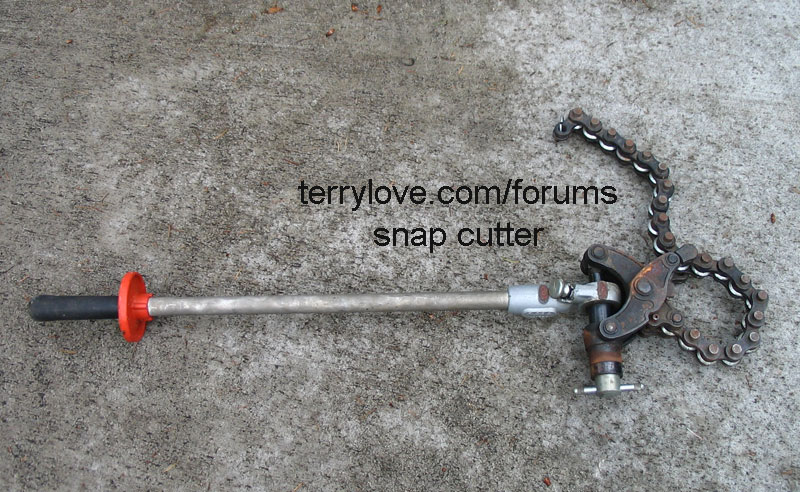Rich B
DIY Senior Member
Hello my name is Rich. I have started a rennovation on a 2 family home I own. It is a duplex and was built in 1955. I am doing a lot of work and today I removed the ceiling underneath a bathroom to make some structural repairs. I have gutted that bathroom and found a deteriorated toliet flange/lead pipe 90 degree sweep. Now that I have access from below I can see I have 4" cast iron piping and there is a lead section directly under the toilet. I had planned to use a twist and seal or Souix Chief repair kit but see they are not meant for LEAD piping. My question is......can I remove the lead and install a Fernco coupler and one that would fit on the O.D. of the flange area of the cast iron pipe and then to PVC up to the toilet? I have very little room to cut the flange off the cast iron as it goes right into the main stack horizontally at a sweep. I will be removing the bathroom floor completely and can add a little height as the original flange is not much above the sweep below it. Any help would be appreciated. I am very capable of doing anything on thei project and need to do the work myself...."sweat equity" as it's called. I need to keep the other side functional as it is my resdience. Bathrooms are back to back and the plumbing is all common. This house was built very poorly and that includes the plumbing.........




